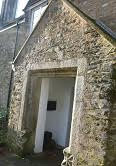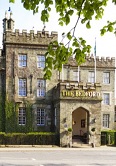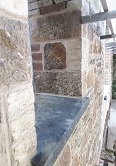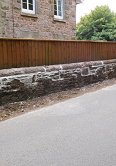Lime Pointing
The use of lime in building construction has been used for thousands of years with the oldest sample known to us being used in a lime plaster dating back to 12,000 years B.C. Traditional mortars made from lime when applied correctly to historic buildings will contribute to its preservation. Not only will it help to maintain its historic character it will also keep its local distinctiveness of that particular area. Lime pointing and rendering encourages the transfer of moisture and salts away from the internal fabric of construction. Modern mortars tend to be cement-based, making them harder than the surrounding brick or stone, and are impervious unlike lime mortars. This means that moisture is not transferred through the pointing, but through the brick and stone. When this freezes, the brick or stone decays instead of the pointing, which will damage the appearance of the building, not to mention the difficult and costly repairs that will inevitably follow. Our gallery details various projects we have completed along with associated repairs.
(Click on an image below for the project case study)
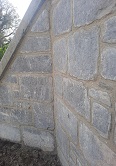
(Coming Soon!)
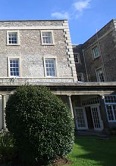
(Coming Soon!)
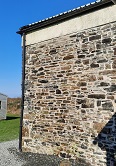
(Coming Soon!)
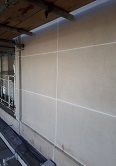
(Coming Soon!)
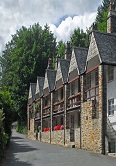
(Coming Soon!)
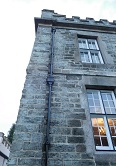
Phase Two
(Coming Soon!)
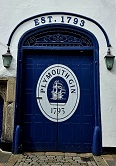
(Coming Soon
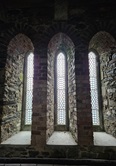
(Coming Soon
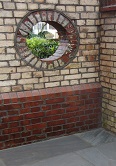
(Coming Soon
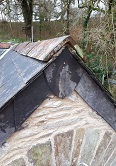
(Coming Soon!)
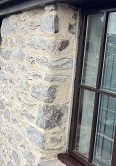
(Coming Soon!)
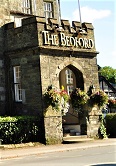
(Coming Soon!)
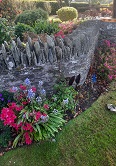
(Coming Soon!)
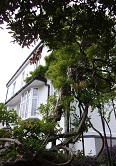
(Coming Soon!)
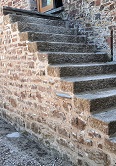
(Coming Soon!)
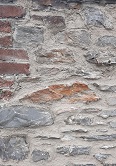
(Coming Soon!)
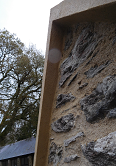
Rear Elevation
(Coming Soon!)
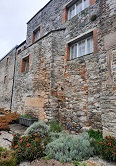
(Coming Soon!)
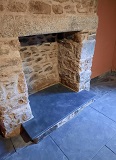
(Coming Soon!)

(Coming Soon!)
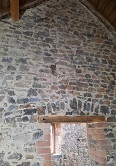
Internal Walls
(Coming Soon!)
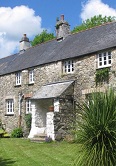
(Coming Soon!)
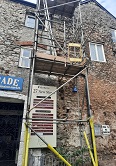
(Coming Soon!)
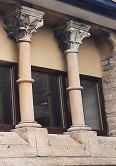
(Coming Soon!)
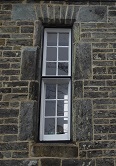
Phase Three
(Coming Soon!)


